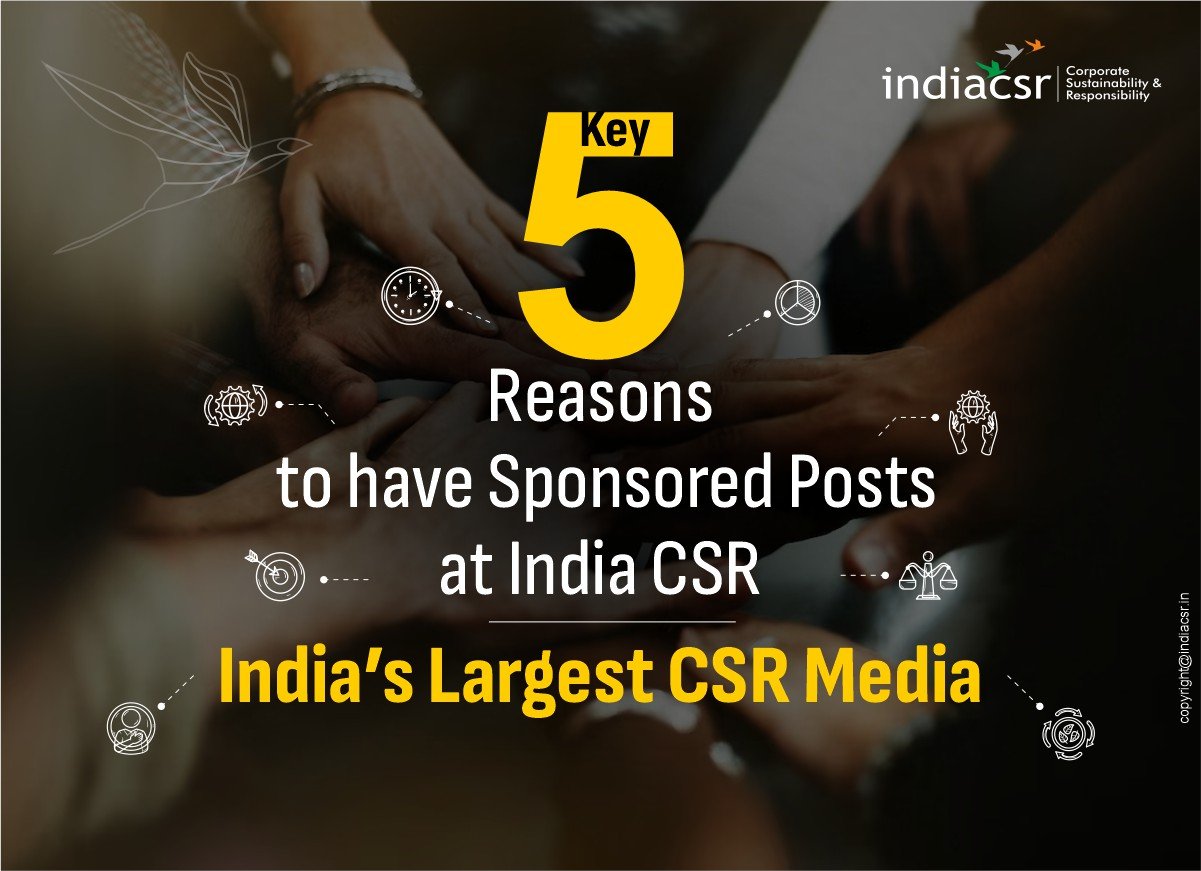The conversation around sustainability is no longer just about responsibility; it’s about strategy. Businesses worldwide are awakening to the need for cleaner operations, and by 2025, transitioning to sustainable energy will be more than a trend.
It’s a practical, future-facing decision that helps reduce operational costs, meet environmental regulations, and align with consumer expectations. So, how can businesses make the switch to sustainable energy without disrupting productivity or profitability? This guide breaks down the process step by step.
Why the Shift to Sustainable Energy Matters
Before diving into the how, it’s worth asking: why now?
- Energy costs are volatile – Fossil fuel prices are unpredictable, while many renewable sources offer long-term price stability.
- Customers are watching – Green credentials are now a competitive advantage.
- Governments are regulating – From carbon taxes to renewable energy mandates, businesses are expected to comply or pay the price.
- Investors prefer ESG-aligned firms – Sustainable practices attract better funding and partnerships.
Embracing sustainable energy not only reduces the carbon footprint but also builds long-term brand equity and business resilience.
Conduct an Energy Audit First
The first step in your transition is understanding how much energy your business uses, and where it’s going. A professional energy audit gives you insight into:
- Peak energy usage times
- Inefficient equipment
- High-consumption areas
- Carbon emissions profile
This data forms the baseline from which you can plan a targeted shift to sustainable energy sources, whether it’s solar panels, wind turbines, or a clean energy supplier.
Set Clear and Achievable Goals
Every transition strategy should begin with defined targets. These could include:
- Reducing overall energy consumption by 25%
- Switching 50% of energy usage to sustainable energy within two years
- Becoming fully net-zero by 2030
Set timelines, budgets, and accountability frameworks. It’s important to keep goals realistic and measurable to ensure consistent progress and stakeholder buy-in.
Invest in On-Site Renewable Energy
If your business owns its property or operates in a fixed facility, on-site generation is one of the most effective ways to harness sustainable energy.
Popular on-site options include:
- Solar PV Systems – Great for rooftops or parking shelters
- Small Wind Turbines – Viable in open or industrial zones
- Biogas Plants – Ideal for businesses producing organic waste
- Solar Water Heaters – Useful in hospitality and manufacturing
Though initial costs may seem high, the long-term savings and government subsidies often justify the investment within a few years.
Switch to a Green Energy Provider
Not all businesses can install their own systems. That’s where green energy contracts come in. Many utility companies now offer plans that source electricity from wind, hydro, or solar farms.
By switching to a certified green provider, you instantly reduce your reliance on fossil fuels and support the larger sustainable energy ecosystem. Ask for RECs (Renewable Energy Certificates) or proofs of origin to ensure your energy is genuinely green.
Upgrade Equipment and Infrastructure
Sometimes the best way to transition to sustainable energy is by using less of it in the first place. Efficient equipment ensures that every kilowatt-hour counts.
Consider the following upgrades:
- LED lighting and motion sensors
- Energy-efficient HVAC systems
- Smart thermostats and building controls
- High-efficiency manufacturing equipment
- Insulation and daylighting improvements
Incorporating automation and IoT devices helps monitor consumption and detect wastage early.
Leverage Government Incentives
Most governments, including India’s, offer generous incentives to encourage the adoption of sustainable energy. These include:
- Tax credits or accelerated depreciation
- Capital subsidies for solar installations
- Low-interest loans for clean energy upgrades
- Feed-in tariffs for selling excess electricity to the grid
Stay updated on state and central policies, and work with consultants who can help you navigate the paperwork and approvals.
Engage Employees in the Process
A transition to sustainable energy must be more than a top-down directive; it should become part of your company culture. Educate employees on your energy goals, and create channels for them to contribute ideas and feedback.
Examples include:
- Reward schemes for energy-saving suggestions
- Green committees for each department
- Training sessions on efficient usage
- Visible energy dashboards to track progress
When your team feels involved, compliance and enthusiasm improve dramatically.
Monitor, Measure, Improve
Adopting sustainable energy is not a one-time decision; it requires ongoing commitment. Continuous improvement is essential. Use digital tools or smart meters to track:
- Monthly energy usage
- CO₂ reductions achieved
- Cost savings from renewable adoption
- Equipment efficiency trends
Review this data quarterly and refine your strategy as needed. If one approach isn’t yielding results, pivot quickly. Agility is key in the sustainability journey.
Communicate Your Impact
Once you begin making progress, share it with the world. Customers, investors, and even potential hires are drawn to companies that align with their values.
Utilise social media, annual reports, and product packaging to demonstrate your dedication to sustainable energy. This not only strengthens your brand but also inspires others in your industry to follow suit.
It’s Time to Make the Switch
Transitioning to sustainable energy isn’t just about saving the planet; it’s about staying relevant, resilient, and responsible in a rapidly changing world. With the right planning, smart investments, and team engagement, your business can reduce emissions, lower costs, and set a positive example.
Whether you start with an energy audit or switch providers tomorrow, the journey to a cleaner future begins with one step. Make it count, because in the race to sustainability, proactive businesses are the ones that thrive.

























